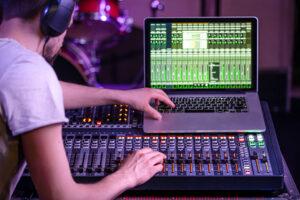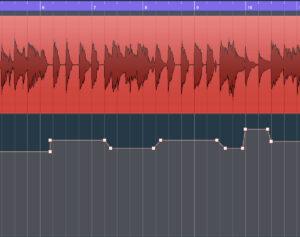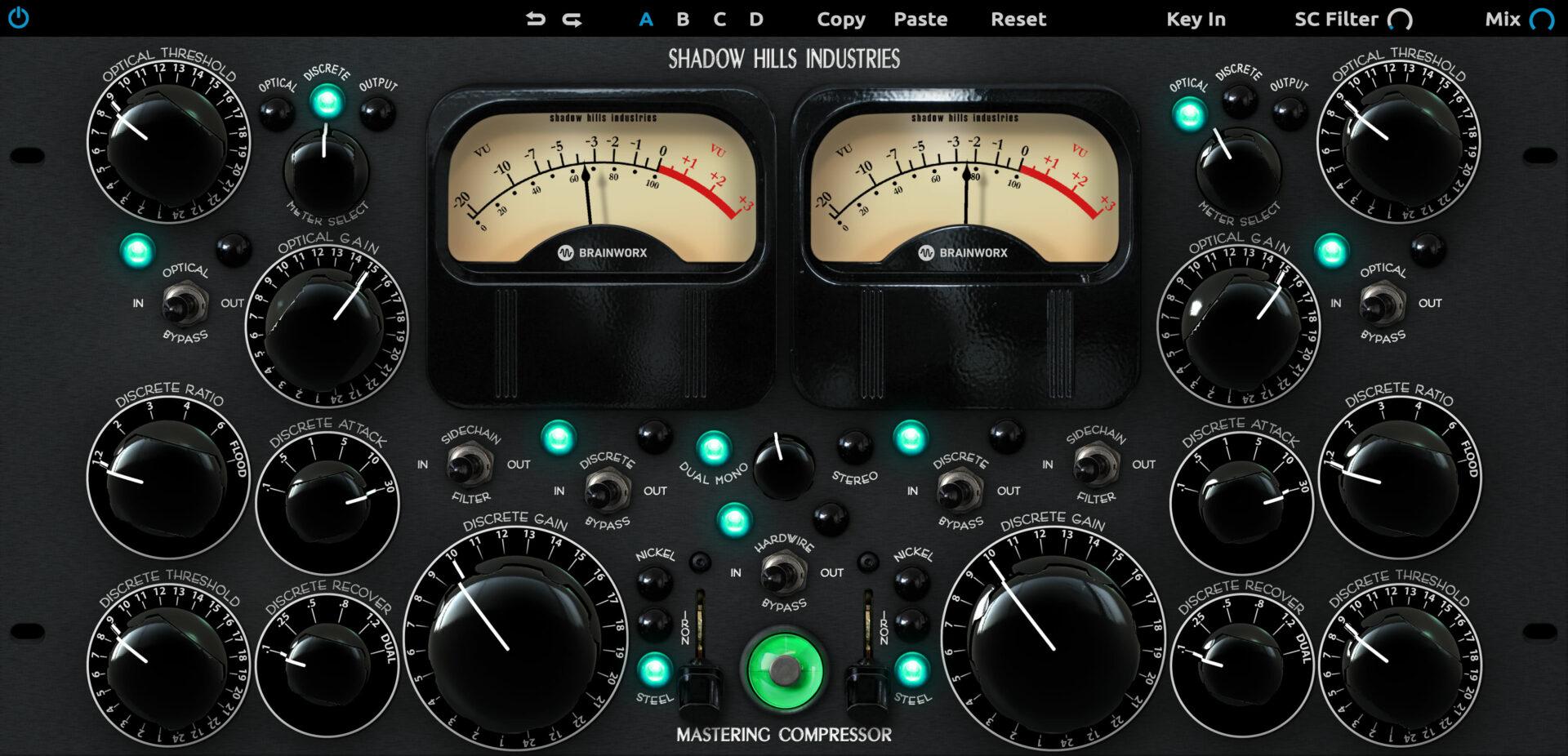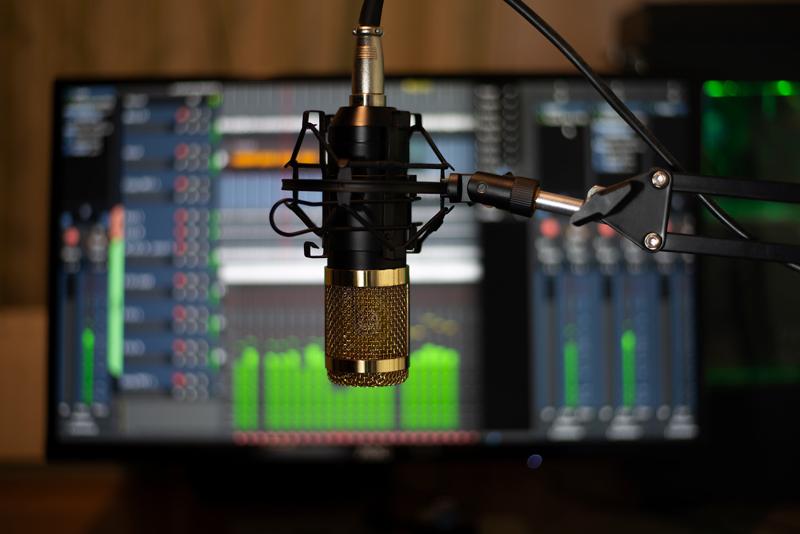POP music is a genre that has been around for decades. It’s diverse and still evolving, but mixing and mastering pop music can be tricky. In this blog post, our audio mixing service going to go over some of the top mixing and mastering tips for mixing POP MUSIC!
To begin with, we believe that mixing pop music is the most difficult form of music. Pop songs may include elements from a variety of genres and subgenres. So, if you’re mixing pop music you will face any genres in the world and pop mixing engineers needs to be experienced and prepared to mix tons of absolutely different instruments from distorted guitars, synths to symphonic orchestras.
Our 10 Tips for Mixing Pop Music
1. Practice a lot before Mixing Pop Music
 This is a great way to improve your mixing skills in general and will help you better understand how each genre should sound. This will definitely help you with pop mixes. The best way to do it is to download a multitrack session and mixed track from Cambridge Multitracks, then just try to copy the sound of the mixed track.
This is a great way to improve your mixing skills in general and will help you better understand how each genre should sound. This will definitely help you with pop mixes. The best way to do it is to download a multitrack session and mixed track from Cambridge Multitracks, then just try to copy the sound of the mixed track.
Pay close attention to the balance, EQ, dynamics of the original mix.
You can read tons of articles with tips, but usually copying reference tracks is much more efficient for you.
You will understand how to create sound and what exactly you need to do for each track.
Our pop mixing engineers still practicing this way, cause it’s the best way to learn mixing tricks and be “in shape”.
2. Choose reference tracks wisely

Most mixing tutorials say that you should choose reference tracks according to the genre, but in practice mixing different genres of pop music is very tricky. We recommend choosing reference tracks according to the style of your mix. If you’re mixing a ballad, choose a ballad mixes as your reference track.
Also, always use 2 or 3 reference tracks with different mixing styles. You need to compare your mix with a whole industry.
And finally, always attenuate your reference to match our mix loudness.
This will help you get the sound you’re looking for.
3. Prepare your session before mixing
Mixing pop music is a process of mixing tons of different tracks, so you need to be well prepared.
The first step is to clean all noises, clicks, pops, etc. You can also separate each breath from the lead vocal on their own track. It will help you in case you will use heavy compression or distortion on the lead vocal.
The next step is to organize your session. Group similar instruments together and create busses for them. This will help you control the sound of each group of instruments on the mixing stage.
Paint different groups of instruments in different colors. It will help you to quickly find any track.
Make a pitch correction. This is one of the most important step before mixing. The latest pop music is usually polished to a high sheen.
Just make everything that will help you focus on mixing on the mixing stage, not organizing, cleaning, or finding something.
4. Be creative
Pop music doesn’t have any rules or limits. It can be so different.

That’s why we are not sharing mixing template or standard eq/compression tips. Because there is no existing mixing template for popular music.
Pop mixes can be dark or bright, wet or absolutely dry, distorted or clean. So you just need to use your creative vision and find the sound you’re looking for.
You can use any compression and settings, make crazy chains, extremely equalize the audio, but don’t forget about the basic mixing rule that is used by pop mixing engineers every day. Do everything on purpose.
You need to have the sound of your future mix in your mind before starting tweaking knobs.
5. Start mixing with the hook
This is probably the most important mixing tip for mixing modern pop music.
The hook of a song contains almost all elements of the song: lead vocal, melody line, guitar riff, background vocals, etc. That’s why you need to start mixing with the hook and focus on it until you get your mix right.
You just have to find the best balance between different instruments in order not too drown any individual element from others during the mixing stage.
The hook is the main part of the song and it should sound best. Also, after finishing mixing the hook your song will be 90% ready.
Want a free test mix of your track?
We get it.
That’s why we’ll do a full hybrid (analog + digital) mix of your song —
for free.
No upfront payment. No risk.
You only pay if you’re blown away. And if you are, we’ll slash 40% off the final price.
Nobody else in mixing and mastering offers this.
Why?
Because most studios say yes to every project. We don’t. We only mix what we’re excited about — so send us your best track. If we like it, we’ll mix it like it’s going to the Grammys.
👉 Just drop your name and email to get started.
6. Use a lot of automation

Don’t be afraid to use automation. It’s the magic mixing tool that will help you make everything right in your mix.
Automation is especially important for mixing vocals, drums, and bass (instrumental tracks). You can automate almost anything: volume faders, EQs, effects sends, etc.
The main rule of mixing with a lot of automation is simple – do it! Don’t be shy about using this powerful mixing technique cause even popular songs have tons of different automation on every single track during the whole song except choruses or hooks when they are more straightforward than other parts from a song.
7. Make space for vocals
You need to remember one thing while mixing pop vocals. Vocals are usually very clear, bright, and loud.
The listener should understand all words, so you need to find a place in your mix for a vocal.
That’s why you should use subtractive mixing techniques and make space for a vocal. You can use eq and compressors to achieve this goal.
Clean mid frequencies range (usually around 500 Hz) and ensure that the accompaniment dynamic is stable while the vocals sound.
You can find a space using panning. Lead vocals are always mono, so you can create a wide stereo image for accompaniment and it will help you find a place for vocals.
Also, if you want your vocals to be upfront, just start your mix with vocals. This kind of pop mixes usually has a maximum focus on the vocal sound.
8. Check your pop mix with mono compatibility
It’s important to ensure the music you’re mixing works with both mono and stereo. All pop mixing engineers check their mix in every format.
For example, when you hear music from clubs in stores or stores, your stereo image does not necessarily depend on how you sit in space. Usually, all music you hear there is close to mono than stereo, and the balance of your final mix can be really different due to a huge stereo image.
The stereo mix won’t be perfect in mono, but it should be avoided when you collide with mono.
9. Do mastering while mixing
 You don’t need to stop mixing and start mastering at the same time. It’s better to work on both of these processes simultaneously.
You don’t need to stop mixing and start mastering at the same time. It’s better to work on both of these processes simultaneously.
This approach can help you with balances. Mastering engineer applying processing that can change the balance. For example, compression will decrease peaks and your drums will become quieter.
So it’s always great to do mixing on 80%, then do mastering and finish your mix. In this case, your mix will have the same balance and vibe after pop mastering processing.
10. Keep an open mind about everything you do
Pop music changing trends every day, so you need to be open-minded while mixing and mastering your tracks.
What works today might not work tomorrow, so always be prepared to change something in your mix or master.
This is the key to success in mixing and mastering pop music. And that’s why we don’t recommend you use any mixing template, “secret techniques” and so on.
Always listen to a lot of music. Check your mixes after releasing them on streaming services, compare them to different music in the playlists. And you will always be able to find something new to improve in your mixes and masters and have an amazing sound.
Thank you so much for reading our article! We hope we’ll be able to help you make your mixing and mastering process easier.
And if you’re looking for an audio mixing service. then you’re in a right place!
Our team of experienced engineers is always ready to help you achieve your goals.










